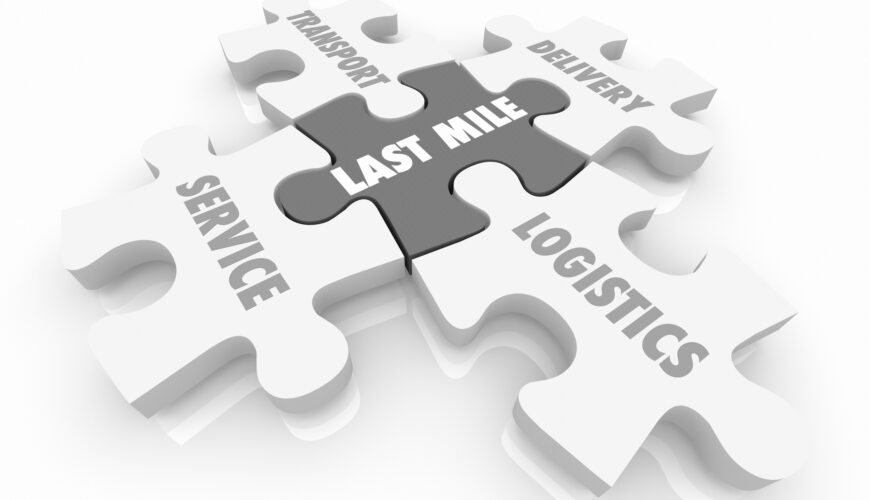Last-mile delivery has become one of the most important components of the supply chain in the past few years. With the massive uptick in e-commerce, ensuring your customers receive their products quickly and affordably has risen to the top of the priority list. Cost at the top probably comes as no surprise, but speed recently edged out satisfaction among priority focus areas, according to the recent Last-Mile Trends Report. Over 300 supply chain management leaders responded to the report’s survey, where over 50 percent stated that they now deliver goods the same day or the next day. Some 80 percent of respondents said they believe measuring the delivery cost is their top priority.
However, how companies intend to meet those high delivery expectations could involve a variety of approaches, many of which are evolving. A combination of AI, robotics, and embedded analytics will enhance the efficiency and effectiveness of logistics organizations. All of that will need to be combined sustainably, as well, something respondents also noted. The challenge in that area is that urban delivery traffic is projected to increase carbon emissions by 32 percent by 2030. One predicted option to help offset that rise in emissions is drones.
If autonomous drones prove successful, they could revolutionize urban deliveries, handling up to 30 percent of them. This potential breakthrough not only aligns with the speed and cost goals of delivery but also offers a promising solution to the rising carbon emissions from urban delivery traffic. Despite the ups and downs, the promise of drone delivery is gaining momentum. Last September, the FAA authorized additional drone delivery companies to take to the airways, and several such companies are now reaching millions of customers—DroneUP, for instance, is already delivering in seven states. Its customers include Wal-Mart, 7-11, and Chick-fil-A, delivering in as little as 30 minutes. This innovative approach replaces drivers or cars for the last mile, significantly reducing emissions.
When logistics companies consider their last-mile delivery options, they’re faced with a complex challenge. The exponential growth in ecommerce deliveries—UPS and Amazon alone delivered more than 11.5 billion packages—combined with aging infrastructure, is creating a perfect storm. Simply adding more trucks to the roadways is not a sustainable solution. However, allowing drones to suddenly flood the airways isn’t feasible either, at least not yet. This underscores the need for innovative and sustainable solutions in last-mile delivery.
However, drone delivery companies are fast developing methods that make their widespread adoption easier to imagine. Some, for instance, are working on kiosks that might exist in busy pick-up/drop-off locations like college campuses or store parking lots. Customers pull up and receive their packages when those hubs make sense for convenience rather than front-porch delivery.
Delivery drone models are also evolving. Their range is getting longer, as is the amount of weight they can cover. Some can now go 60 miles round trip, carrying up to 10-lb. packages. Developers are also improving their robustness, making them more adept at traveling through various weather conditions.
Last-mile delivery has never been more crucial to supply chain management. With the increasing focus on its role, it is set to become more sophisticated and futuristic. This underscores the importance of supply chain management leaders and logistics professionals in driving these advancements and ensuring efficient and sustainable last-mile delivery.


